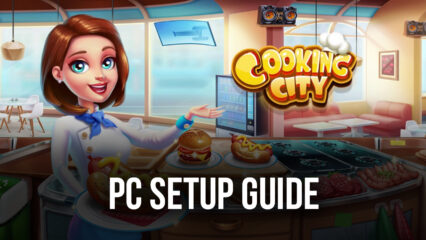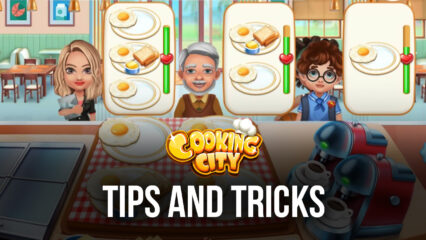BlueStacks' Beginners Guide to Playing Cooking City: Restaurant Games

Cooking City: Restaurant Games offers complicated gameplay features that new players may find hard to understand. The game can be fun if you play it normally, but those who have difficulties completing a level may need to make some adjustments to how they can play the game. While it’s not always the best feeling having someone tell you how to play a game, learning about all of the aspects that the game has can be an enlightening experience that helps you in the long run.
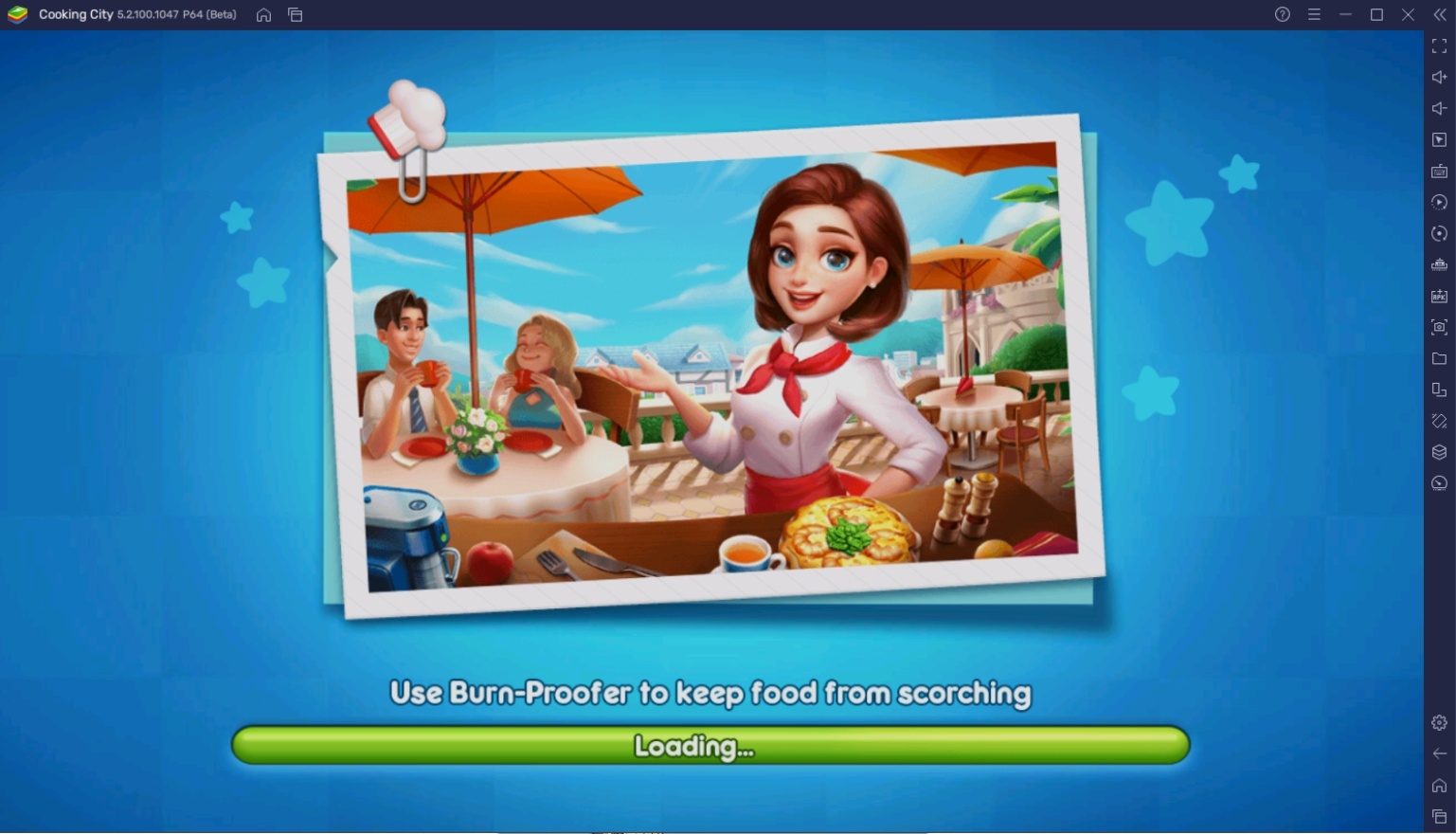
This beginners’ guide aims to introduce the different parts of the game to showcase the do’s and don’ts that players should keep in mind when playing the game. The game gets harder as you complete more levels, so it’s good to be prepared early on. The different aspects of the game give it more variety so that players won’t feel bored that they’re only accomplishing one task and are doing extremely repetitive functions. Here are some of the things you need to keep in mind when playing the game:
Stages & Missions
The game is divided into stages, where players will be completing a “day” working as a cook that prepares food. Each day has different objectives, but we’ll get to that in a bit because it’s essential to discuss it in detail. Cooking City: Restaurant Games’ stages are unique, depending on the type of restaurant or food stall that your character is working on. Depending on the stage, the food and beverage that you’ll serve will be completely different, including the customers that order them.
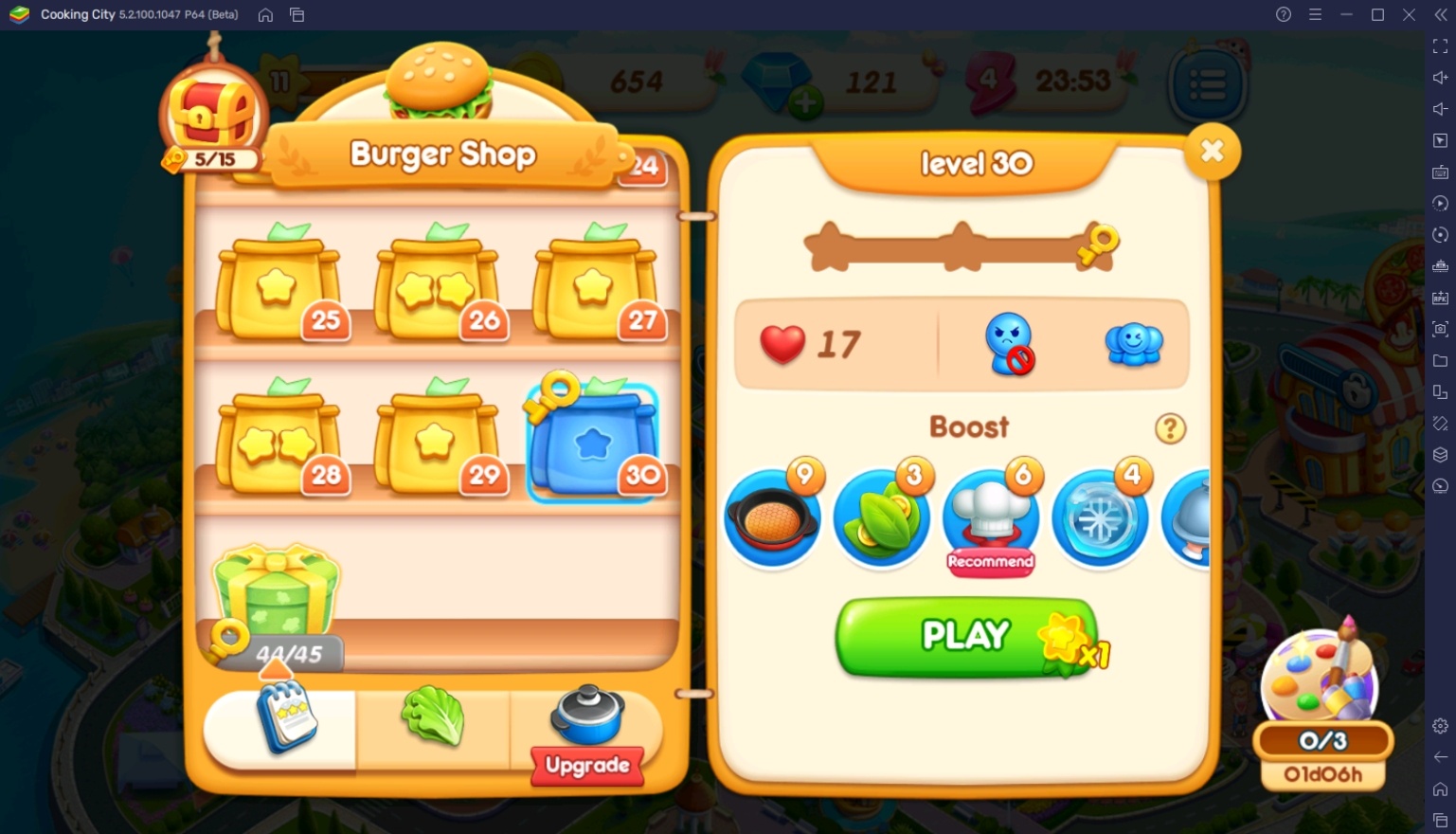
Players will also be given specific missions where they need to accomplish certain tasks to gain rewards. These missions are given daily, depending on whether or not the previous missions have been completed. If the missions were not completed on the previous day, the players would keep the mission and the progress of that task until they complete it. It is recommended that players try to complete all of their missions and as many stages as possible whenever they can.
Upgrading Your Kitchen
One prominent feature that most players avoid is upgrading their kitchen. As you already know, every time you complete a stage, you’ll be rewarded a certain amount of coins depending on how well you served the customers during the day. All of your profits are kept, so it’s a good idea always to try hard when doing missions to provide the best quality dishes and earn the maximum amount of currency you can whenever you complete a stage or a special bonus round.

Players can upgrade their kitchen by either improving their ingredients or upgrading their cooking utensils and appliances. Players are always encouraged to upgrade all of these to at least half of the maximum value so they won’t have any difficulties completing any stages. If you have some extra coins to spare, it’s better to upgrade all of your core kitchen materials to the maximum level. This way, you won’t have to cram as much when preparing food for a larger crowd.
Objectives
Objectives refer to what players have to do in each stage. Contrary to what you probably understand, there isn’t a uniform approach to completing every stage, so players must adjust their pacing accordingly. For example, the two primary stage completion limits are number of customers per day and time limit. Players either have to serve a certain number of customers before the shop closes or serve as many customers as they can in a limited amount of time.
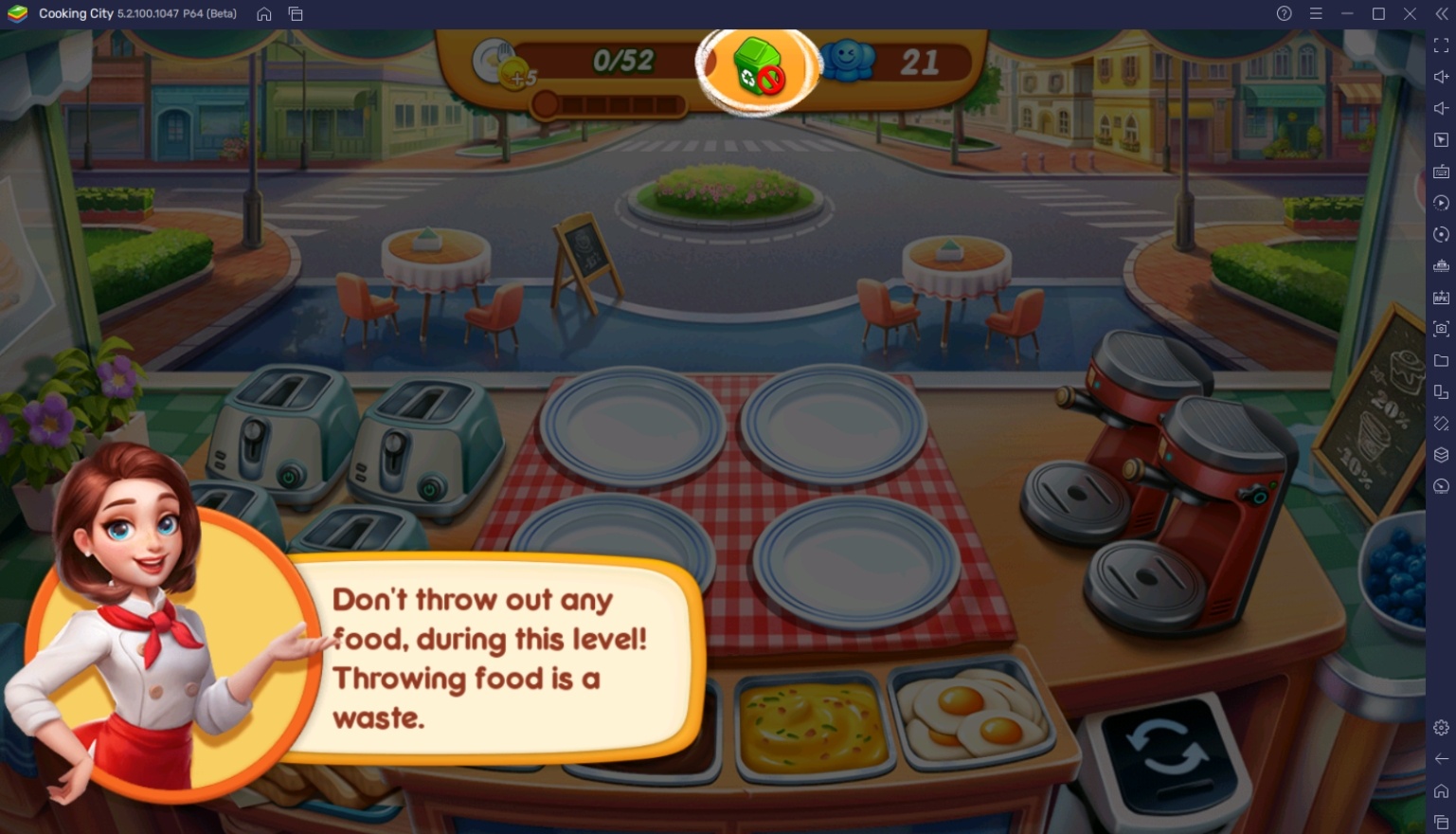
In addition to the stage completion limit, each stage has a different goal or limitation. You’ll notice that sometimes the game will ask you “not to waste food” or similar goals that refer to the player committing a blunder. This makes the game more challenging and prepares the player for the more difficult stages later in the later parts of the game. Make it a habit to read and understand each objective you are given at the start of the game because you won’t be able to ignore it once you get to the later stages.
Boosts and Power-ups
One thing that players are introduced to but may not understand entirely at their core is the existence of boosts and power-ups. Players can purchase boosts and power-ups using premium currency, or they can earn them as rewards from completing certain events and missions. These are extremely important because you’ll make use of them later on, but it’s a good idea to understand how they work first before you try to consume them during the early stages of the game.
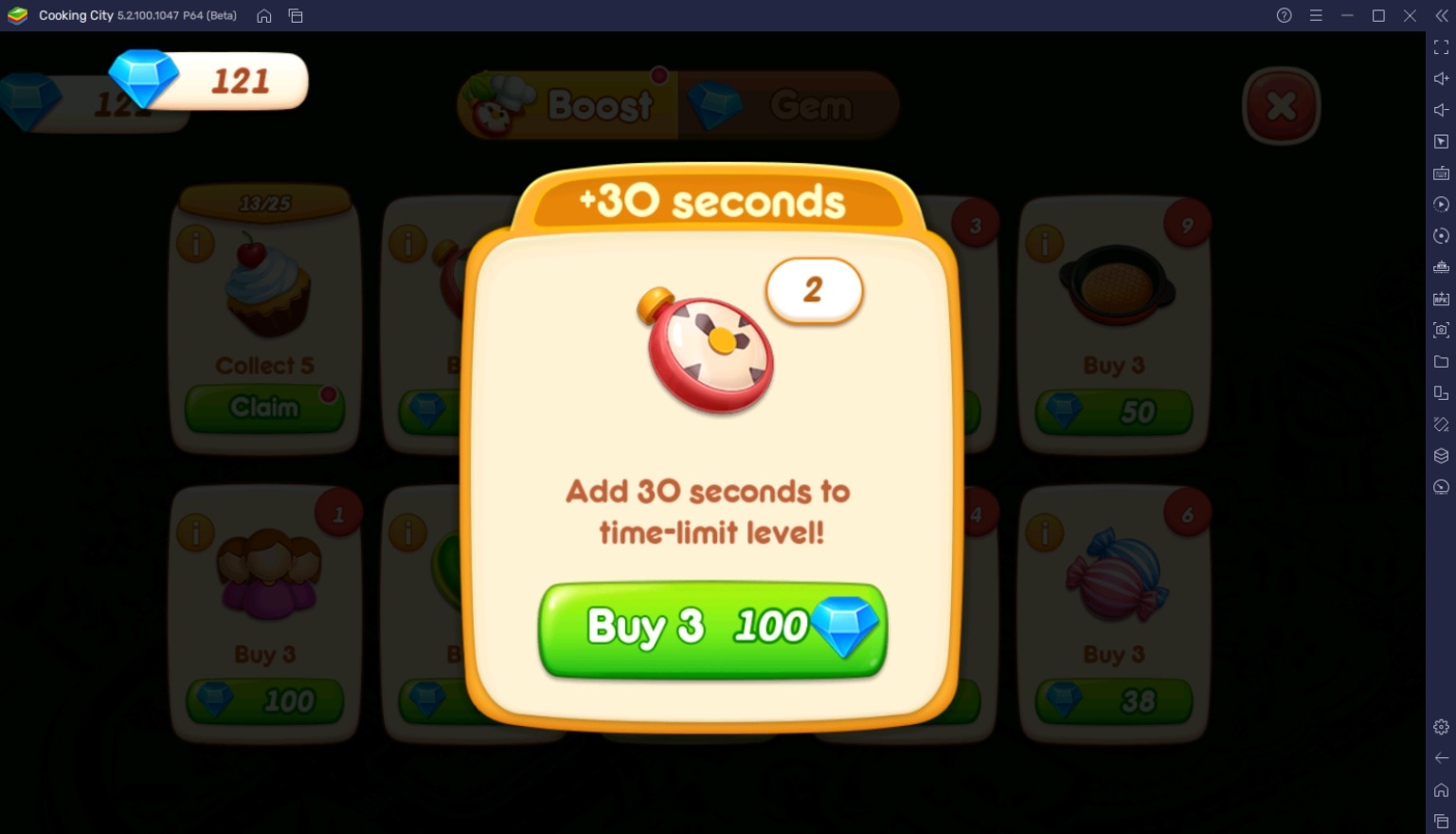
Boosts are items that you can use before the game starts to have an easier time accomplishing your objectives and prevent you from making mistakes. On the other hand, power-ups are used while you’re in-game to fix a mistake you made or something easier to do. Depending on the situation, it is recommended that players only use one or the other, with the rare instance of using both if you’re having a hard time completing a particular stage in the game.
Events
Events are a way for games to add variety to the player’s experience when playing their games. Every game releases different events depending on an upcoming holiday, season, or collaboration with another title. Cooking City: Restaurant Games also have their own set of events that players can enjoy once in a while. Even though these games aren’t always available, they are something that players can look forward to because they can give some awesome time-exclusive rewards.
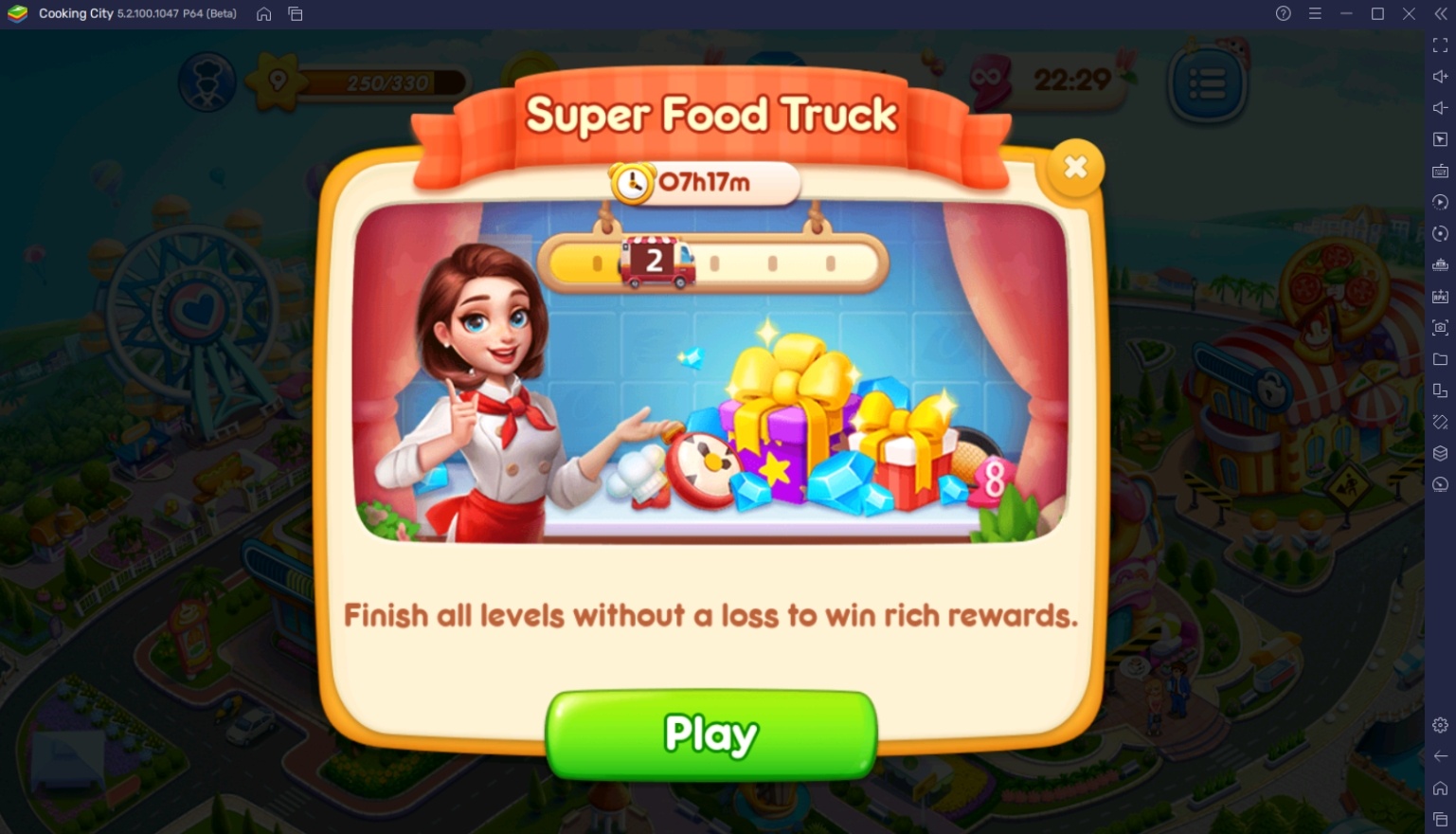
Cooking City: Restaurant Games uses skins to push events. Each customer has a specific set of clothes that they wear whenever they visit your shop, which the player can change by purchasing them at the shop. You can earn some costumes by completing a certain set of tasks, but it can take a lot of time and effort to collect them. Other rewards are also given, and sometimes a new game mode is introduced to give players a different way to play the game.



